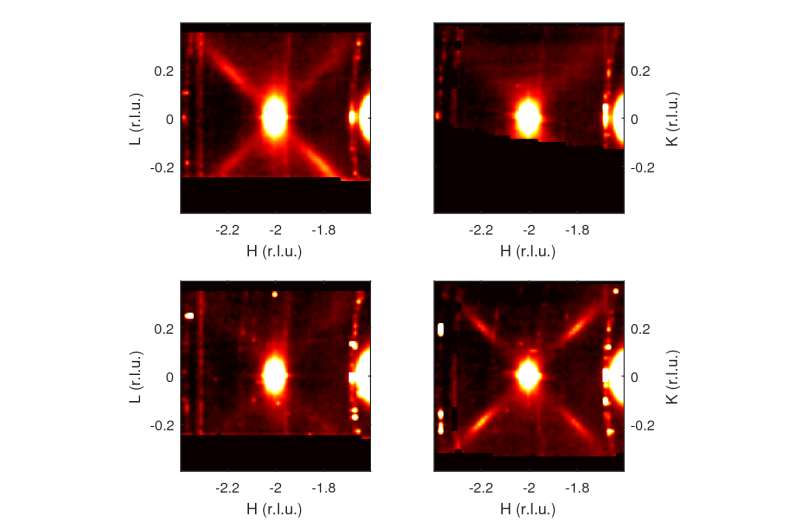Scientists take the first step toward creating efficient electrolyte-free batteries

Scientists of Peter the Great Saint-Petersburg Polytechnic University (SPbPU), in collaboration with French, Swiss and Polish researchers, have found unique atomic-scale processes in a crystal lattice of antiferroelectric lead zirconate during a synchrotron X-ray scattering experiment. The discovery is the first step toward creating efficient, electrolyte-free accumulators of electric energy. The article was published in Scientific Reports.
During the experiment, the scientists tried to understand the microscopic physics of antiferroelectrics—materials that are difficult to describe theoretically. The model object of this group is lead zirconate. The properties of this crystal are representative among lead-based antiferroelectrics, and having studied them, scientists can use the results for describing the properties of a broad range of materials. Understanding the physics of these materials is essential for creating new functional materials targeted at particular applications.
Under external influence, this crystal may have two types of lattice dipole ordering—the dipoles are arranged either parallel or antiparallel to each other. The functional properties of the material depend on the lattice order.
To analyze the functional properties, it is essential to understand how the structure of the material reacts to changing of the external parameters, such as temperature, pressure and field. During the experiment, the research group examined the influence of simultaneous change of temperature and pressure to the material properties. The measurements were performed at the ESRF (European Synchrotron Radiation Facility). The synchrotron X-ray source is required to provide the photon flux, which is sufficiently strong not only for ordinary Bragg scattering, but also diffuse scattering. The diffuse scattering became the key to finding new properties in the crystal lattice. Researchers have determined that the symmetry of the crystal phases, which exists at high pressures and temperatures, is not the same as it was previously assumed.
The conditions at which the experiment was carried out are similar to those that can be created in a future device in which energy storage and release takes place due to switching between the crystal phases of different structures. Such structural switching will contribute to the release of significant energy in a very short period of time, and the lack of electrolytes has obvious advantages in terms of integration and miniaturization of energy storage elements.
In the research, the scientists found the formation of the incommensurate phase, a phenomenon rarely occurring in crystal structures. This object is difficult to describe theoretically. Specifically, they found the incommensurate phases of lead zirconate. "Based on the macroscopic measurements, researchers have suspected that the existing theories describing the crystal lattice are not fully correct. The contradictions arise when considering the evolution of the system in pressure-temperature space, and therefore, we wanted to find out what processes occur on micro levels. Thus, during the experiment, we identified the incommensurate phase in a substitution-free antiferroelectric for the first time," says Dr. Roman Burkovsky, the first author of the paper.
Now the scientific community is faced with the task of construction of the theoretical models consistently describing energy states, and its reaction to external influence. "We have proved that such conditions exist in the model antiferroelectric, thus highlighting the new challenge to the scientific community. By solving this problem, we've taken a big step in the description of functional materials," said Burkovsky.
More information: R. G. Burkovsky et al, Critical scattering and incommensurate phase transition in antiferroelectric PbZrO3 under pressure, Scientific Reports (2017). DOI: 10.1038/srep41512
Journal information: Scientific Reports
Provided by Peter the Great Saint-Petersburg Polytechnic University




















